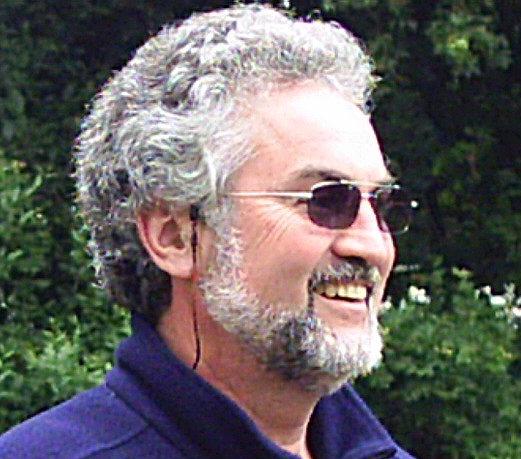 |
|||
|
Don Feidner |
|||
 |
|||
|
Last Update: 19 September 2010 |
|||
|
Zurück zur Hauptseite! |
|
|
|
||||||||||||||||||||||||||||||||||||
|
|
|||||||||||||||||||||
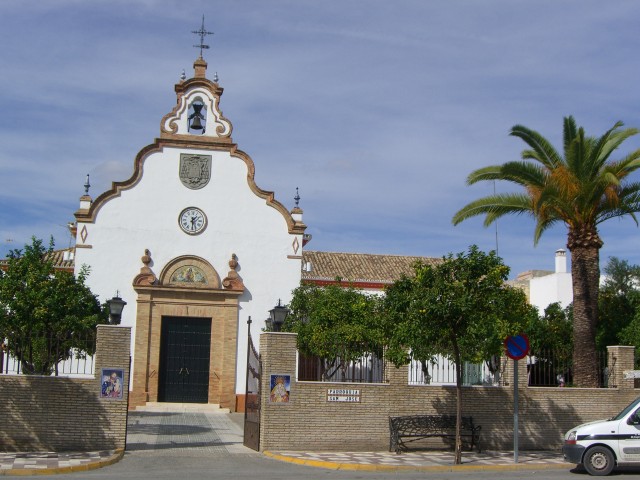 |
|||||||||||||||||||
|
After passing a Spanish villa and a few churches, I headed for the river crossing to the northeast. |
|||||||||||||||||||
|
Unfortunately, I discovered that some of the residents in the area I passed through were illiterate - at least they didn’t seem to be able to read the sign below that says they would pay a high fine if they dump their trash by the roadside. |
|||||||||||||||||||
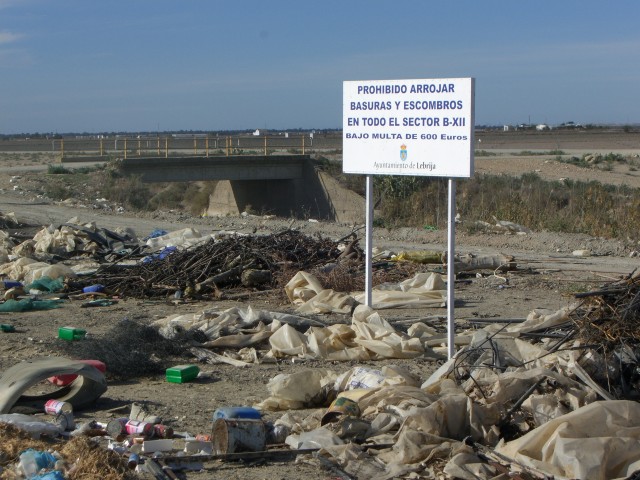 |
|||||||||||||||||||
|
Road along the Rio Guadalquivir |
|||||||||||||||||||
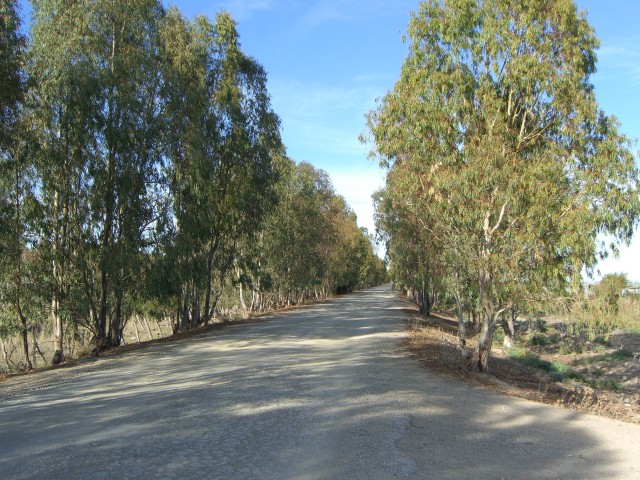 |
|||||||||||||||||||
|
Campsite |
|||||||||||||||||||
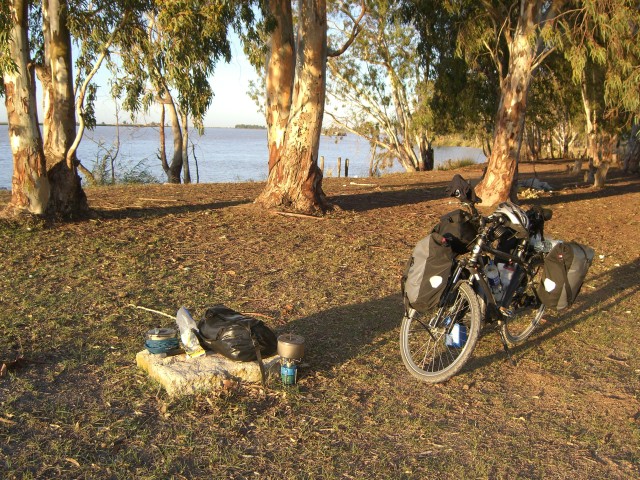 |
|||||||||||||||||||
|
A sight to behold - a field full of storks |
|||||||||||||||||||
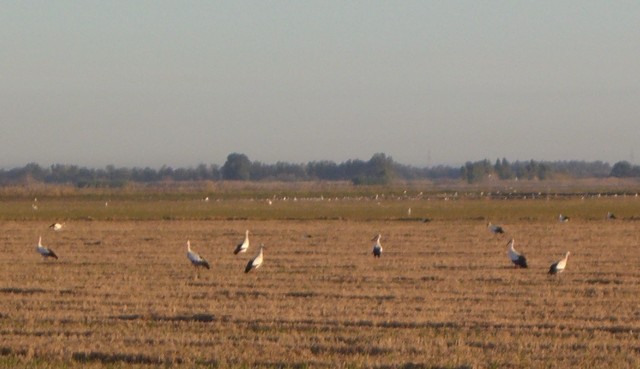 |
|||||||||||||||||||
|
|
|
|
||||||||||||||||||||||||||||
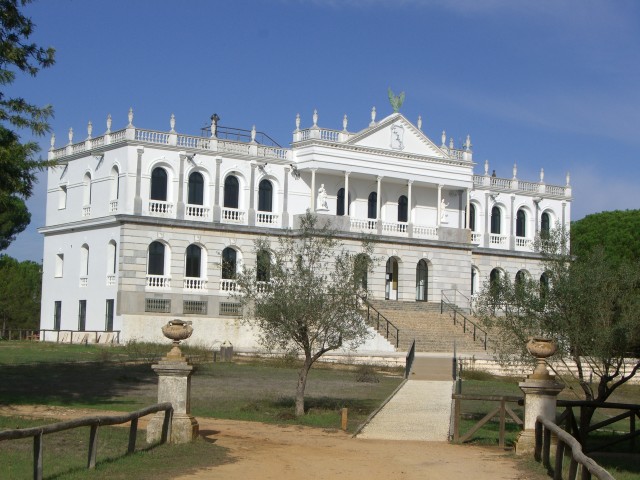 |
||||||||||||||||||||||||||||||
|
Now this is worth visiting. Built in 1961 by Luis Espinos Fontdevila, who loved to fish and hunt, as a private residence. Today it is a free visitor center for the national park, known as the Palacio de Acebrón, that explains the life of the people in the surrounding area -- how they farm the land, strip bark from the cork tree, and generally how they live. It is also at the start of the Charco de Acebrón Path, a 1 1/2 kilometer wooden walkway through the forest with signs to explain the plants and wildlife along the way. Excellent! It is near the village of El Rocio, a wild west village with no pavement on the streets, just wooden hitching posts for the horses. See my previous entry about this interesting town. |
||||||||||||||||||||||||||||||
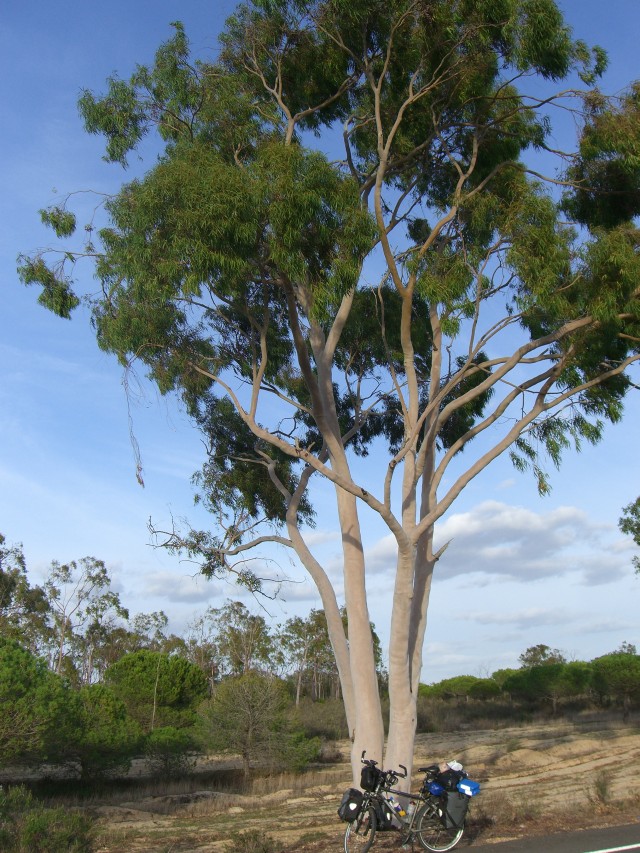 |
||||||||||||||||||||||||||||||
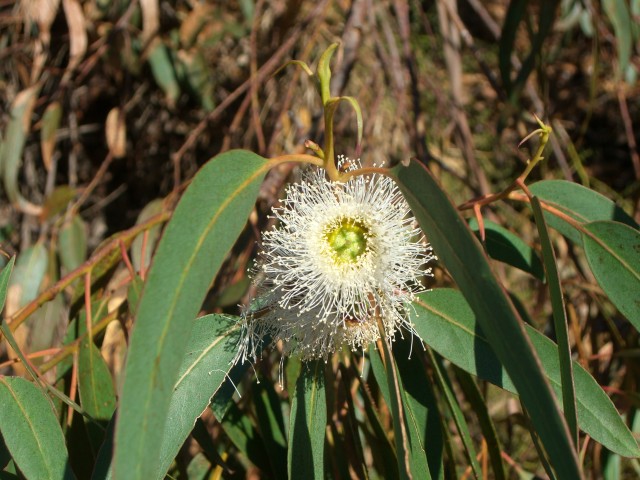 |
||||||||||||||||||||||||||||||
|
Resting under a tall Eucalyptus Tree |
||||||||||||||||||||||||||||||
|
Eucalyptus Blossom |
||||||||||||||||||||||||||||||
|
I couldn’t believe my eyes when I saw this bike path in Huelva. I rode past here 21 months ago, and there was nothing but a terribly busy highway. |
||||||||||||||||||||||||||||||
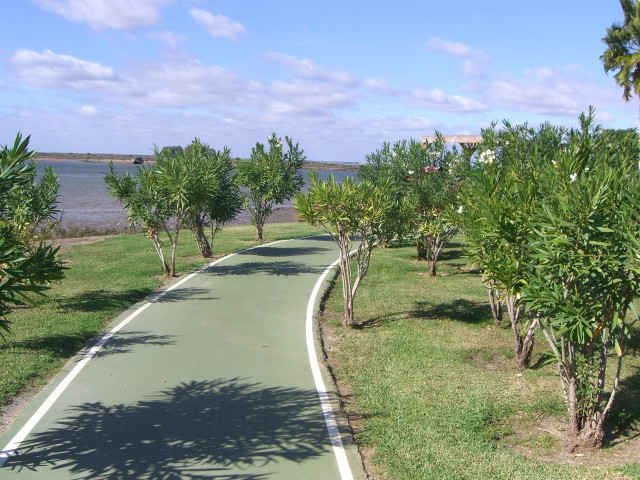 |
||||||||||||||||||||||||||||||
|
Even Germany and Holland has nothing like this dream trail. |
||||||||||||||||||||||||||||||
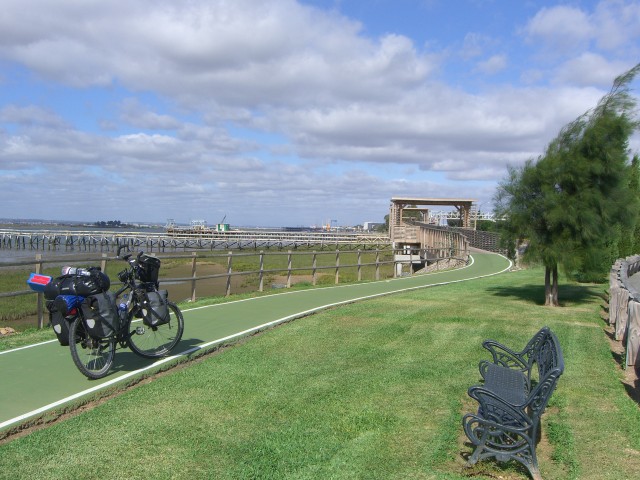 |
||||||||||||||||||||||||||||||
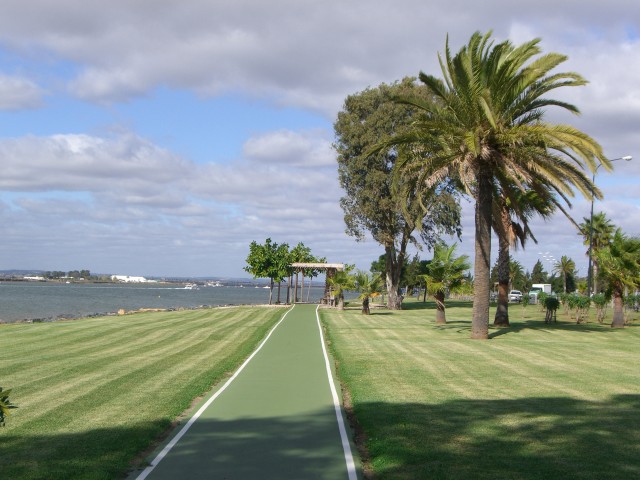 |
||||||||||||||||||||||||||||||
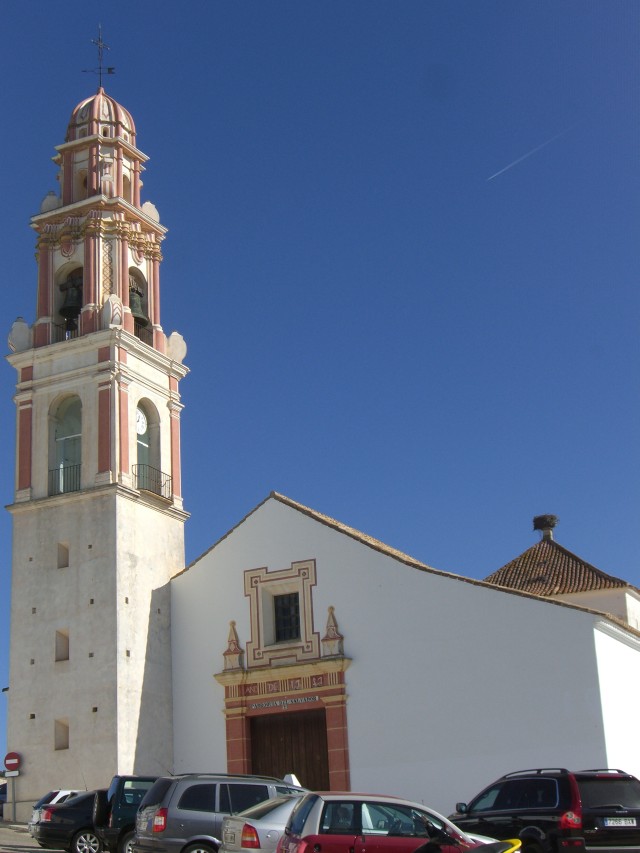 |
||||||||||||||||||||||||||||||
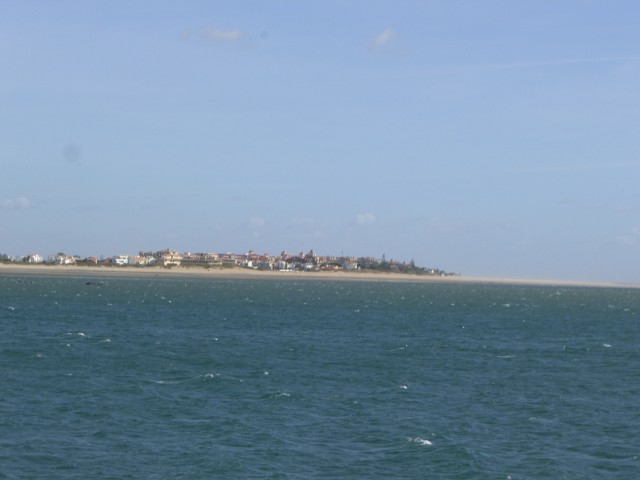 |
||||||||||||||||||||||||||||||
|
Church in Ayamonte, Spain, on the border to Portugal. |
||||||||||||||||||||||||||||||
|
Next stop -- Portugal -- after riding 350 kilometers. That was a very quick 5 days. |
||||||||||||||||||||||||||||||
|
Click HERE to continue the trip in Portugal. |
||||||||||||||||||||||||||||||
|
|
|
|
||||||||||||||||||||||||